
A man carries a statue of Santa Muerte, or Saint Death, during a protest by the folk saint's followers against the destruction of their shrines in Mexico City, 4/5/09. Mexico's government is targeting the folk saint, destroying Santa Muerte shrines in its all-out war on the cartels, saying the unofficial religion is usually a sign of something more sinister: Crime, drugs, even brutal killings (AP/Rodrigo Abd).

Kirsten Johnson (AP)
 MEXICO CITY – About 200 worshippers marched today to protest the government's destruction of "Death Saint" shrines, saying Mexico's fight against drug cartels has veered into religious persecution.
MEXICO CITY – About 200 worshippers marched today to protest the government's destruction of "Death Saint" shrines, saying Mexico's fight against drug cartels has veered into religious persecution."We are believers, not criminals!" the protesters chanted as they marched from a gritty Mexico City neighborhood to the Metropolitan Cathedral downtown.
At shrines, chapels, and small churches across the country, tens of thousands of people worship the Death Saint, which is often depicted as a robe-covered skeleton resembling the Grim Reaper. More>>
Mara
 Buddhism recognizes a similar figure in Mara, who has taken on a literal (Mara Devaputra) and numerous metaphorical designations. Mara is the personification of death. It/he is also recognized as "the tempter" and "the evil one" (Namuci) -- a figure the Bodhisattva (Siddhartha pre-enlightenment) and the Buddha (Siddhartha post-enlightenment) frequently converses with.
Buddhism recognizes a similar figure in Mara, who has taken on a literal (Mara Devaputra) and numerous metaphorical designations. Mara is the personification of death. It/he is also recognized as "the tempter" and "the evil one" (Namuci) -- a figure the Bodhisattva (Siddhartha pre-enlightenment) and the Buddha (Siddhartha post-enlightenment) frequently converses with.In this sense, Mara is like the biblical devil tempting and attempting to dissuade the Buddha from setting forth his dispensation. Mara is also "Cupid," the Greek god of lust. In this latter sense, Mara is known as a devaputra (literally, son-of-god, which simply means reborn as a deva or "shining one" in a lower heavenly realm). It is not the same figure. Both exist simultaneously, one engaged in many misdeeds on earth, the other deluded in a celestial world as the "lord of sensuality" over the Kama Loka, the worlds based on sense desire in Buddhist cosmology.
 Other more fanciful interpretations of Mara are strictly metaphors for hindrances, defilements, falling away from the goal of nirvana. In this, the most widespread sense of the term, Mara has three daughters (Craving, Aversion, and Passion) and ten armies. These figure largely in discussions of the practice of meditation. Attempts at mental self-purification sometimes engender a great deal of resistance, just as the Buddha faced and overcame under the Bodhi tree.
Other more fanciful interpretations of Mara are strictly metaphors for hindrances, defilements, falling away from the goal of nirvana. In this, the most widespread sense of the term, Mara has three daughters (Craving, Aversion, and Passion) and ten armies. These figure largely in discussions of the practice of meditation. Attempts at mental self-purification sometimes engender a great deal of resistance, just as the Buddha faced and overcame under the Bodhi tree.- Summary of Mara's exploits (Cindy Mettika Hoffman)
- Western similarities (Monsalvat)






















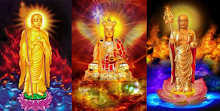



















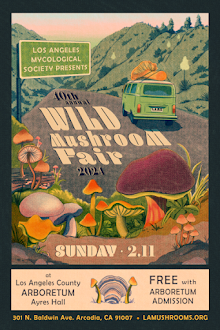

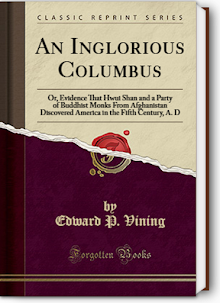



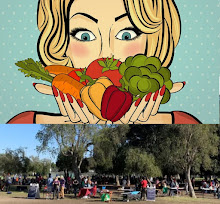









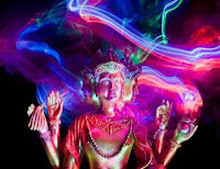


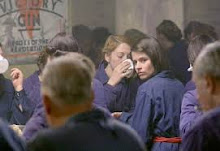






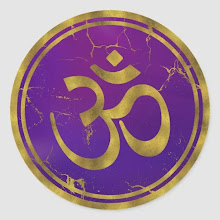































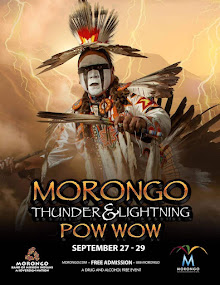














































































































































No comments:
Post a Comment